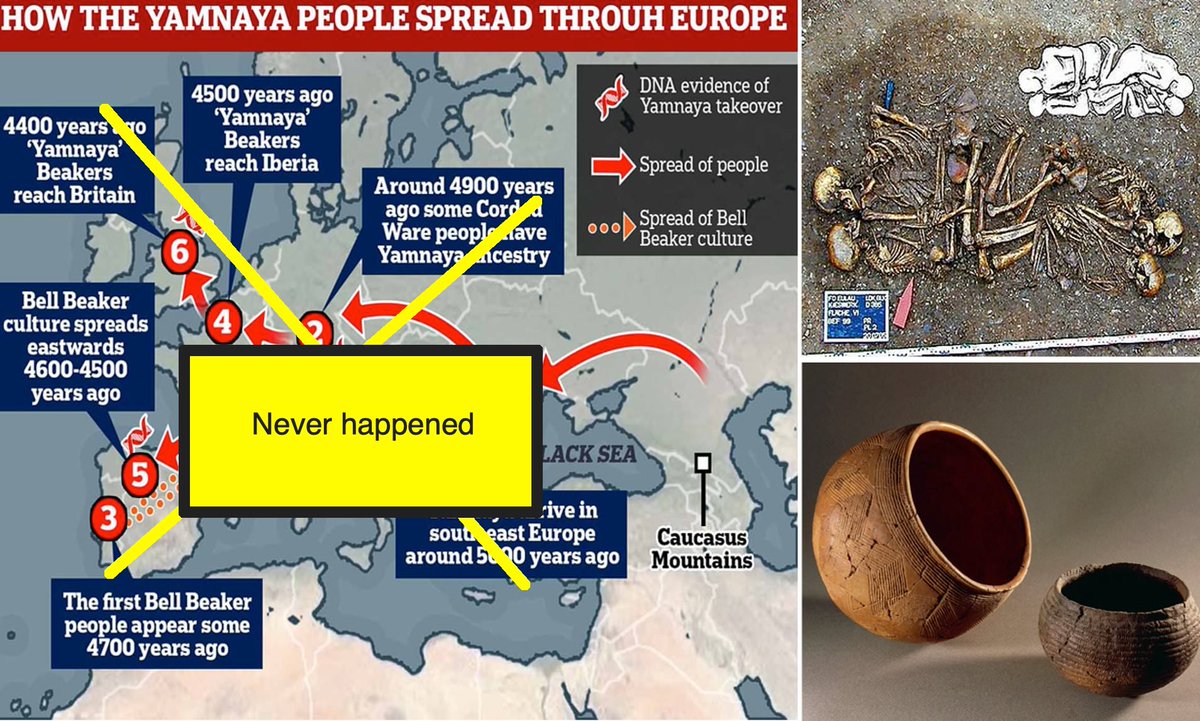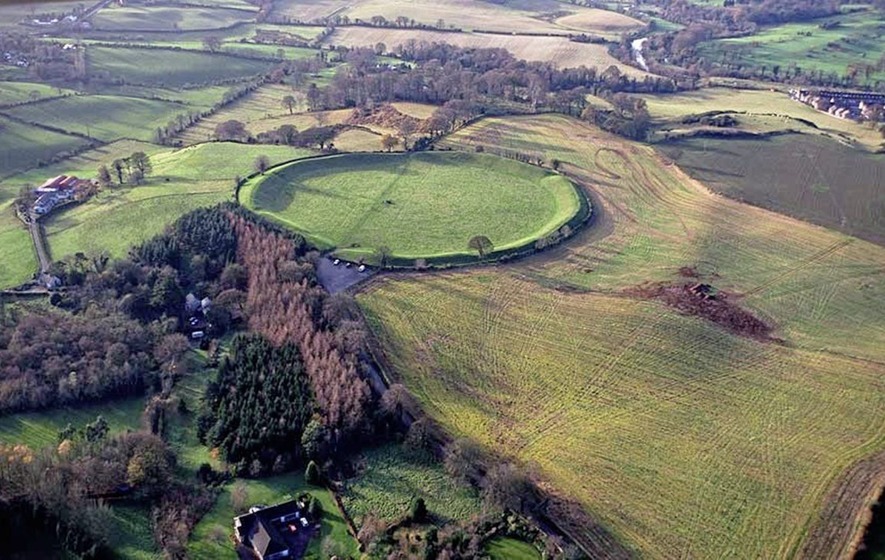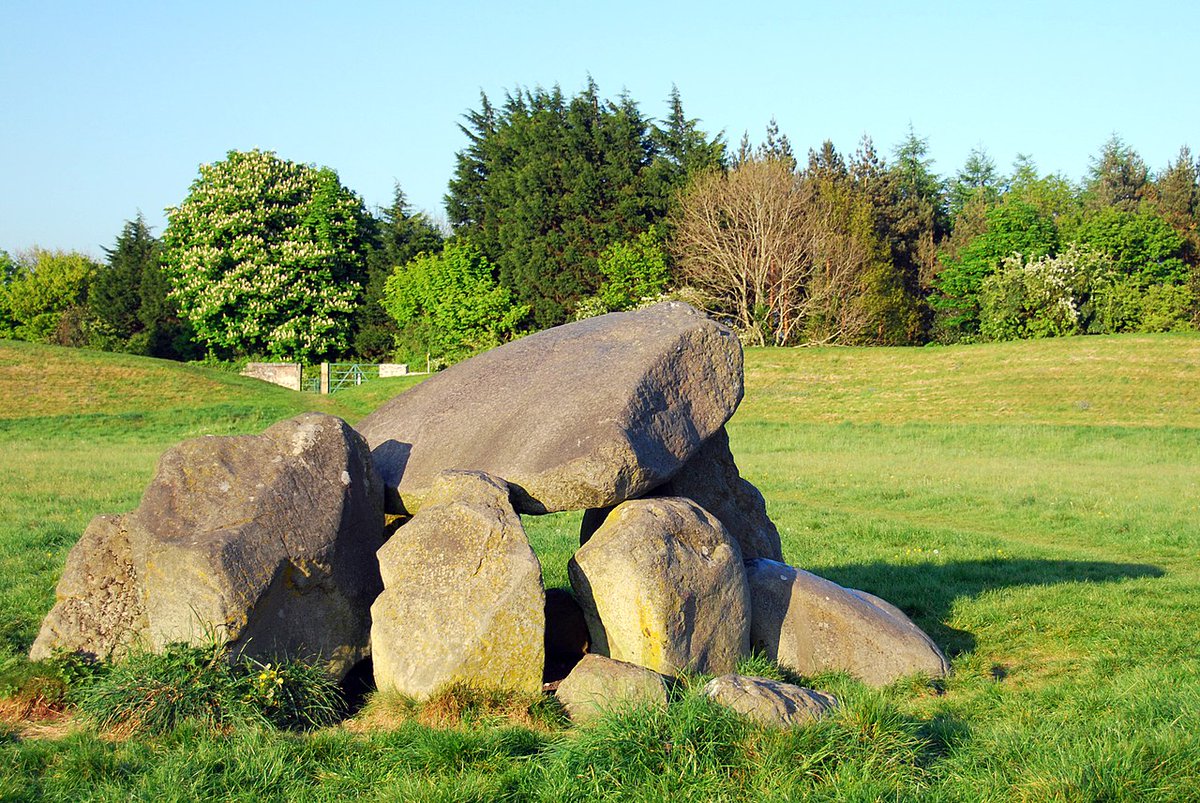
Thread: Yamnaya migration westward never happened??? Summary of the new paper just released: "...findings imply that Caucasian communities were not highly mobile and did not undertake large-scale migrations...during 4th and 3rd millennium BCE..."!!! 

The research team analysed the isotopic composition of carbon and nitrogen in bone collagen from the skeletal remains of 150 people, taken from eight sites. The finds date back to a period from about 5000 to about 500 BCE...
In addition, the scientists compared this data with the isotope ratios in the bone collagen of 50 animals, as well as with the local vegetation of that time. The isotope ratios in bone collagen reflect the isotope ratios in the main foodstuffs that a person eats...
As it turns out, the diets of these groups were mainly based on the foodstuffs within the landscapes where their remains were found...
"The communities apparently remained within their respective ecological areas and did not switch between the steppes, forest steppes or higher regions," explains Sandra Pichler from the Department of Environmental Sciences at the University of Basel, co-author of the study...
So, this means, that there was no "fast, mass migration", otherwise known as invasion of Europe by Yamnaya (R1b) people during early Bronze Age...Not by land anyway...journals.plos.org/plosone/articl…
Which is interesting, as the Irish annals tell us the first metalworkers Beaker people that came to Ireland in the 3rd millennium BC, came by boat, from Scythia, via Anatolia, Greece, Sicily, Iberia and on to Ireland... 

If we look at the way Beakers spread into Europe, we see that they moved along water. In two directions: Black sea, Danube and then further up north...And along northern Mediterranean coast into Greece, Italy, Spain, Ireland...
This indicates that they might have traveled not by land, but by water...
This is currently accepted map of the westward migration of R1b into Europe...From this great page: eupedia.com/europe/Haplogr… 

This map seems logical. We are talking about horse riding, wagon pulling, herding warrior tribes from the steppe. It would indeed be the most logical for them to move over land, and if possible over grassland...
But moving into Europe that way on horse back and oxen pulled carts would have been very difficult if not impossible. Europe is predominantly mountainous country, so not suitable for large horse back - oxen cart migration...
If you are lagging your whole belonging on horse back - oxen cart, there are basically only two possible ways into Europe from the Yamna homeland: 

But the northern route is blocked by giant forests which once covered most of what is today Poland, Northern Ukraine and East Germany. 

This would have made the migration down the southern route the most likely. But if you follow that route you eventually get stuck in Hungarian, Slovakian planes, surrounded by high wooded mountains.
If R1b migrated into Europe from its Yamna homeland over land, then the concentration of the R1b would have been the highest in the flat grassy areas of the Panonian plane, Poland and Ukraine and it would decrease as we go further into the mountains and forests further west.
But the opposite is the case. If we look at this genetic map of Europe showing the distribution of the R1b haplogroup from eupedia.com/europe/Haplogr…, we can see that the concentration of R1b is the highest in the Atlantic rim and that it gradually decreases going Eastward. 

This genetic contradiction is usually explained by "and then R1a came and killed all Central European R1b" But if we listen to the Irish chronicles and accept that the R1b moved by water, then there is no more genetic contradiction...R1b could have just bypassed Central Europe??? 

Articles about Montenegrin tumuli which confirm the Irish annals stories about the arrival of the first metalworkers to Ireland oldeuropeanculture.blogspot.com/p/montenegrian…
Just to clarify: movement of the R1b westward did happen. Just not as an invasion of the Kurgan building hordes of horse riding warriors which burst out of the steppe and wiped out the old Europe...
Also, this is a completely new study, just released, who knows...I am very curious to see what the archaeological community is going to say about it...
Also, did anyone actually see the THREE question marks after Yamnaya migration westward never happened??? I am as surprised to see this data as you are. I suspected it, I have to admit, but I still can't believe it...🙂
• • •
Missing some Tweet in this thread? You can try to
force a refresh













